What Defines Modern Interiors?
Modern interior design can mean different things to different people, but certain characteristics are universally recognized. At its core, modern design is minimalist, prioritizing space and functionality over excessive decoration. It emphasizes open spaces, natural light, and a neutral color palette, often featuring tones like whites, blacks, grays, and muted earth tones. These design elements create an atmosphere of calm and simplicity, avoiding overly ornate or complex structures.
Key Elements of Modern Interiors:
-
Minimalism: One of the defining features of modern design is a minimalist approach. Furniture pieces are often sleek, with clean lines and simple forms, reflecting the principle that "less is more." This approach not only makes a room appear more spacious but also fosters a sense of tranquility.
-
Open Floor Plans: Modern interiors often embrace open floor plans, where walls are minimized to create a seamless flow between living, dining, and kitchen areas. This layout fosters a sense of connection and freedom, making spaces feel larger and more connected to one another.
-
Neutral Color Palettes: Modern interiors typically rely on neutral or muted colors for walls, furniture, and decor. Shades like white, black, gray, beige, and earthy tones dominate the design landscape. These colors create a timeless, soothing environment and allow for the use of statement pieces in contrasting tones.
-
Natural Materials: The use of natural materials like wood, stone, glass, and metal is a hallmark of modern design. These materials are incorporated into furniture, flooring, and decorative elements, lending an organic and raw feel to the space. This connection to nature is often juxtaposed with sleek, man-made materials like stainless steel or concrete, creating a perfect balance between the two.
-
Functional Furniture: Modern interiors are all about smart, functional design. Furniture pieces are selected not only for their aesthetic appeal but also for their practicality. Multi-functional furniture, like modular sofas or storage-integrated designs, is commonly used to optimize space.
-
Tech Integration: With the growing role of technology in everyday life, modern interiors often feature integrated smart home elements. From voice-controlled lighting and climate control systems to hidden charging stations and home entertainment systems, technology is seamlessly woven into the fabric of modern design.
The Evolution of Modern Interiors
The concept of "modern" in interior design has evolved significantly. What was once considered modern in the mid-20th century is now often referred to as "mid-century modern"—a design style characterized by clean lines, functional furniture, and a strong connection to nature. Over time, modern design has become more fluid and adaptable, incorporating elements from various periods, movements, and cultures.
1. Mid-Century Modern (1940s-1960s): This style originated in the post-World War II era, drawing inspiration from the clean lines of Scandinavian design, the functionality of the industrial age, and the natural forms of organic shapes. Iconic designers like Charles and Ray Eames and George Nelson contributed to a style that emphasized simplicity and innovation, with furniture pieces that are still sought after today.
2. Modern Industrial (Late 20th Century-Present): Industrial design, characterized by raw, unfinished elements like exposed brick, steel beams, and concrete floors, became popular as urban lofts and warehouses were converted into residential spaces. Modern industrial design combines the raw aesthetic of these spaces with sleek, contemporary furnishings, creating a space that's both edgy and comfortable.
3. Contemporary Modern (21st Century): Today’s modern interiors borrow from previous design movements while also incorporating the latest technological advancements. Contemporary modern spaces are often more playful and experimental, mixing elements like bold colors, unique textures, and cutting-edge materials. There’s also a greater emphasis on sustainability, with eco-friendly materials and energy-efficient designs becoming more mainstream.
Modern Interiors and Sustainability
As awareness of environmental issues continues to grow, sustainability has become an integral part of modern interior design. The modern consumer is more conscious about the ecological impact of their choices, prompting designers to create interiors that prioritize energy efficiency and environmentally friendly materials.
Eco-Friendly Features in Modern Interiors:
-
Sustainable Materials: Materials such as reclaimed wood, bamboo, recycled glass, and low-VOC (volatile organic compound) paints are increasingly being used in modern design. These materials are not only better for the environment but also lend a unique, organic aesthetic to interiors.
-
Energy Efficiency: Modern interiors often incorporate energy-efficient appliances, LED lighting, and smart home systems to reduce energy consumption. High-performance windows and insulation materials help maintain temperature control, reducing the need for heating and cooling.
-
Green Spaces: Indoor plants have become a staple in modern interiors, offering both aesthetic and environmental benefits. Plants improve air quality, boost mental health, and add natural texture and color to contemporary spaces. Vertical gardens and green walls are also becoming popular additions in urban settings.
Personalization in Modern Interiors
While modern design is often associated with minimalism and simplicity, there is room for personalization. Modern interiors allow individuals to infuse their personality into the space while maintaining a sense of harmony and balance. The use of unique art pieces, textiles, or accent furniture helps to create a space that reflects the owner’s taste without disrupting the overall modern aesthetic.
Customization is key in modern interiors, with design elements tailored to fit specific needs and lifestyles. Whether it’s a home office with ergonomic furniture or a modular sofa that can adapt to different room configurations, modern design is about creating spaces that work for the individual.
The Future of Modern Interiors
The future of modern interiors is a fascinating one, as technology and sustainability continue to shape the way we design our spaces. Advances in materials science, such as the use of 3D-printed furniture and sustainable bioplastics, will likely lead to more customizable and eco-friendly design solutions. Smart home technology will continue to evolve, making homes more efficient and adaptable.
At the same time, as the line between indoor and outdoor living continues to blur, modern interiors may become even more fluid, incorporating natural elements, biophilic design principles, and outdoor living spaces into the home environment.
Conclusion
Modern interiors are about creating spaces that are functional, aesthetically pleasing, and adaptable to the needs of contemporary living. With an emphasis on simplicity, functionality, and sustainability, modern design has become the go-to style for many homeowners, from city apartments to suburban homes. Whether it’s the minimalist ethos of mid-century modern or the high-tech, eco-friendly solutions of contemporary design, modern interiors continue to evolve, reflecting our changing lifestyles and cultural values. Ultimately, modern interiors represent a balance of form, function, and comfort—a harmonious space where design meets practicality.



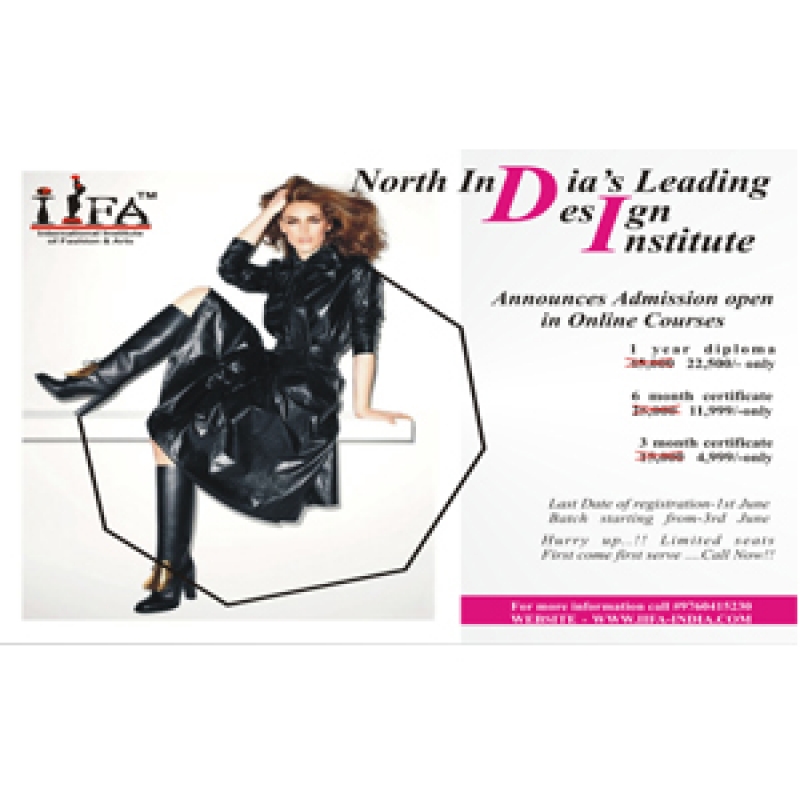


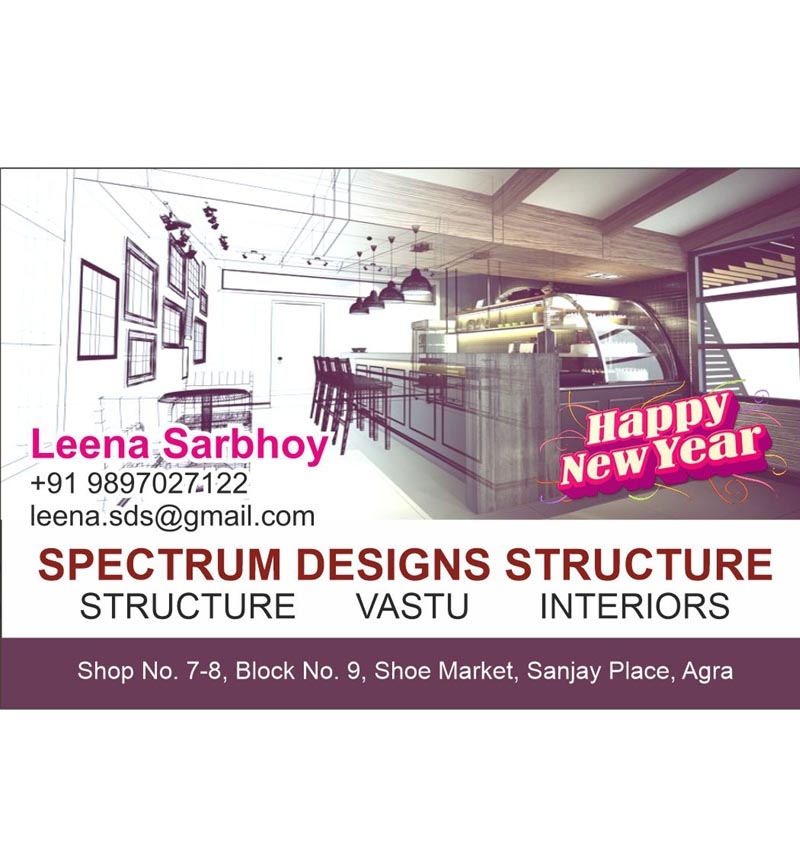
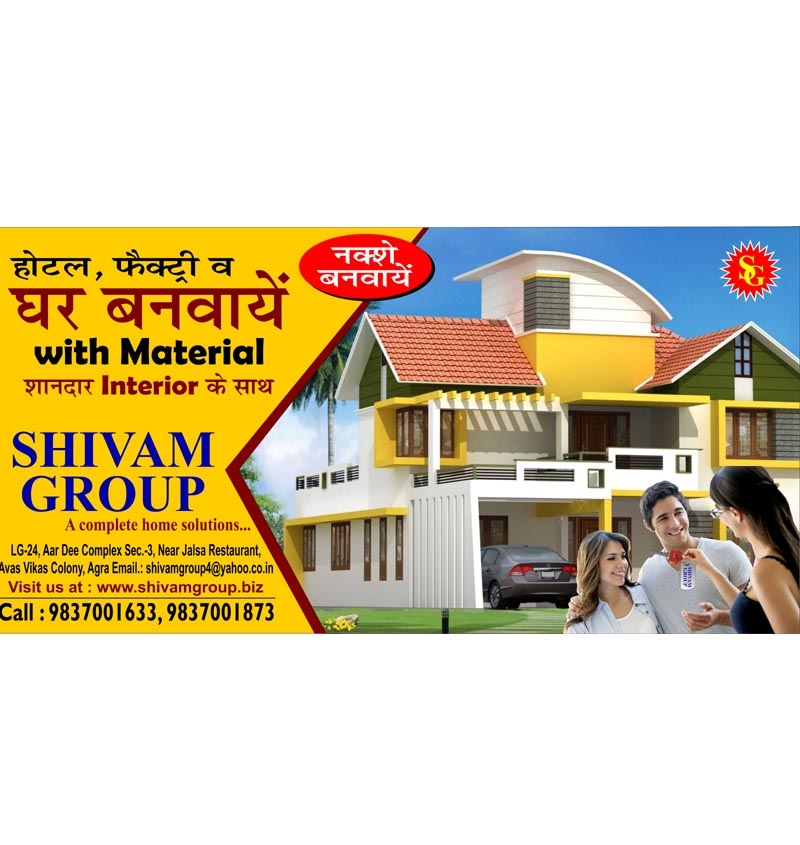
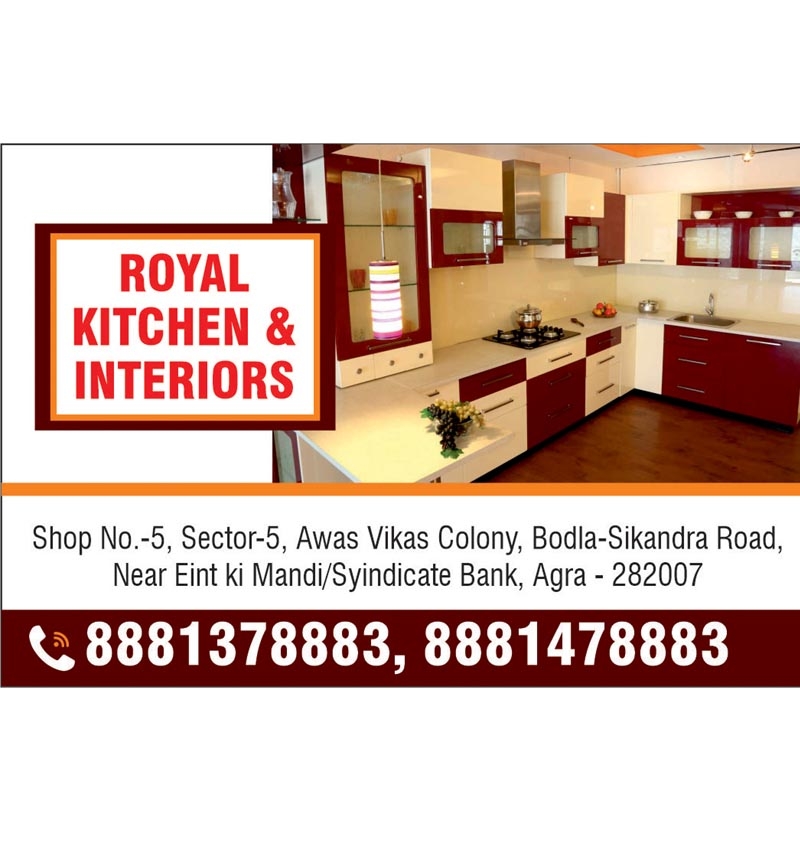






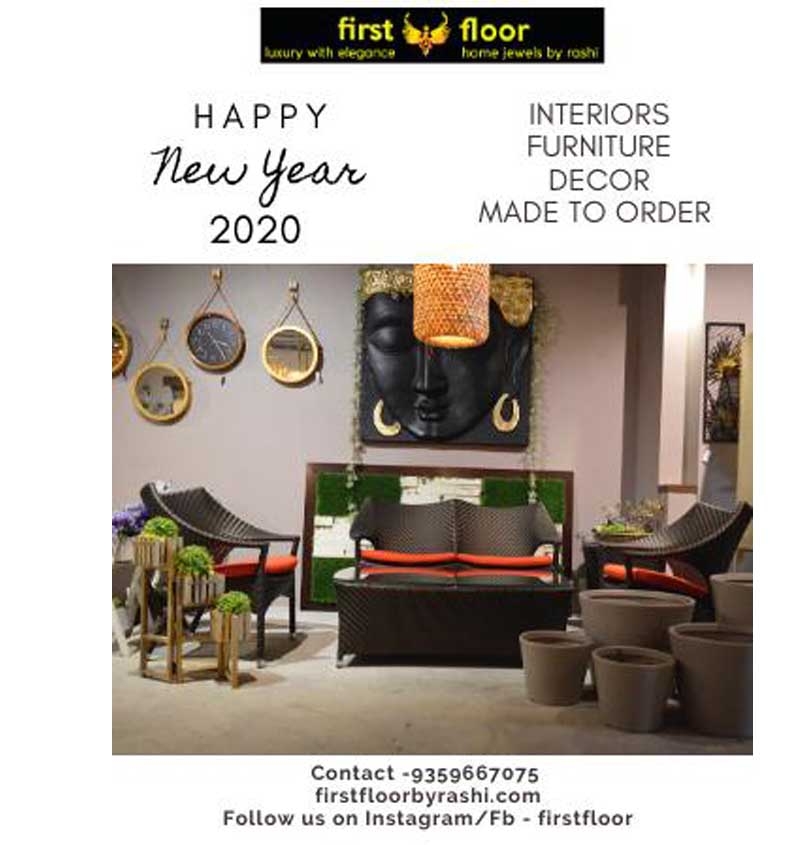



Your Message